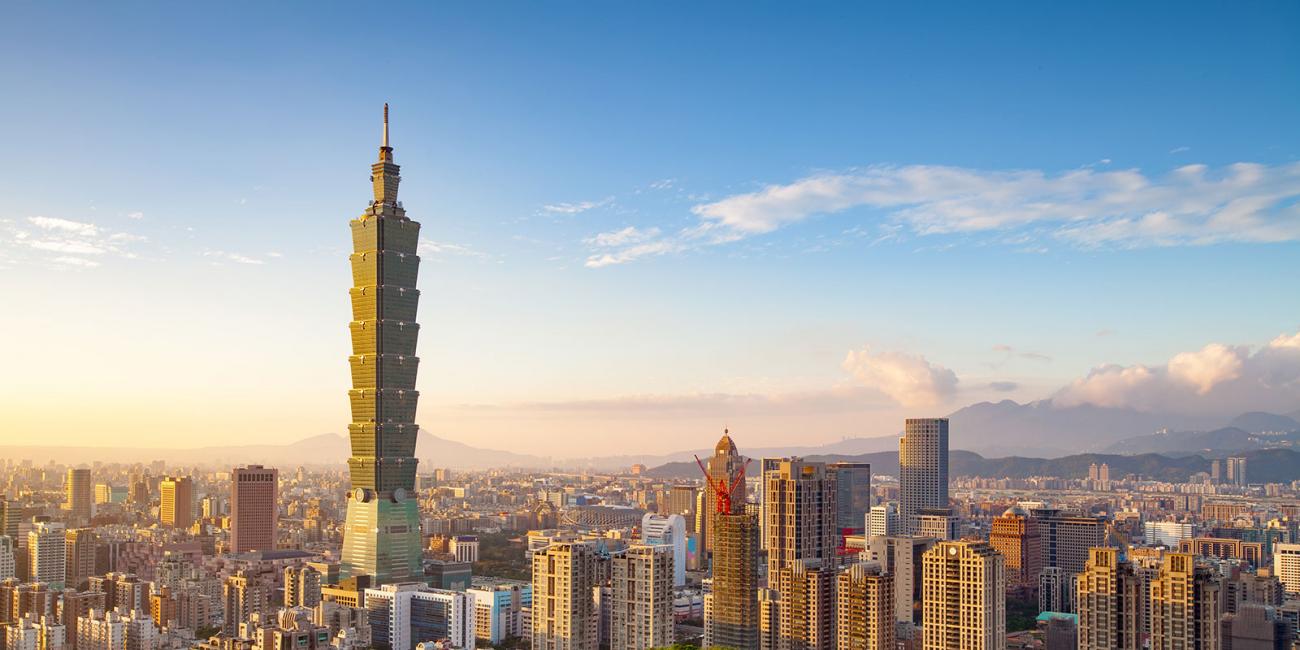

Taiwan - Earthquake-Prone Land
Taiwan sits in a highly active seismic zone due to the convergence of the Philippine Sea Plate and the Eurasian Plate. These plates collide at a rate of 75 millimeters per year, making Taiwan one of the most earthquake-prone regions in the world. Despite this, Taiwan’s tallest skyscraper, Taipei 101, has repeatedly withstood powerful earthquakes, including the island’s most significant seismic event in 25 years.

The 2024 Taiwan Earthquake and Taipei 101’s Resilience
On April 2, 2024, a massive 7.2 magnitude earthquake struck off the coast of Hualien County, jolting the entire nation. While videos showed violent shaking and damage to some buildings, Taipei 101 stood firm, barely swaying against the city skyline. The U.S. Geological Survey measured the earthquake at 7.4 in magnitude, yet Taipei 101 remained undamaged, thanks to its groundbreaking structural engineering.

The Engineering Marvel of Taipei 101
The Tuned Mass Damper: A Giant Shock Absorber
One of Taipei 101’s most famous engineering features is its 730-ton tuned mass damper, a massive gold steel sphere suspended between floors 88 and 92 by 92 steel cables. The damper acts like a pendulum, swaying in the opposite direction of the building’s movement to absorb seismic shocks and minimize vibrations.

“When the building starts shaking during an earthquake, the heavy ball moves in the opposite direction of the motion,” explained Timurhan Timur, a structural engineer at Arup. This counteracting force significantly reduces sway, keeping the building stable.

This feature is rare among supertall buildings, making Taipei 101 a global engineering benchmark. Other skyscrapers, like the 181 Fremont Tower in San Francisco, have since adopted similar dampers to enhance seismic resilience.

A Dual Structural System for Maximum Stability
Dennis Poon, a principal engineer at Thornton Tomasetti, played a critical role in Taipei 101’s design. “When we got the job, we knew Taipei is in a severe earthquake zone with frequent quakes and high typhoon winds. The soil is not rock-solid, so we had to overcome major structural challenges,” he explained.
The solution was a dual structural system that combines:

This system is similar to a skier extending their arms for balance, giving Taipei 101 a remarkable ability to withstand both earthquakes and strong typhoons.

Taipei 101’s Influence on Global Engineering
Since its completion in 2004, Taipei 101’s engineering has influenced numerous supertall buildings worldwide. Thornton Tomasetti later used similar structural designs for Shanghai Tower in China, while Manhattan’s ultra-slender towers on Billionaires’ Row have also incorporated damping systems to reduce motion.

The Bedrock Foundation: Anchored for Stability
Another key to Taipei 101’s resilience is its foundation. The skyscraper sits on 380 deep piles, each reaching approximately 262 feet into the ground. The deepest piles extend nearly 100 feet into bedrock, essentially “nailing” the building into a stable tectonic layer.
A Tourist Attraction and Engineering Showcase
Unlike most dampers, which are hidden from public view, Taipei 101’s golden sphere damper is a major attraction at its observation deck. The damper has even inspired a popular line of souvenirs, including cartoon “Damper Baby” merchandise.
“This is one of the few dampers celebrated as a design feature,” said Borys Hayda of DeSimone Consulting Engineering. “It’s a brilliant way to educate visitors on earthquake-resistant technology.”

The Future of Seismic-Resistant Skyscrapers
Despite Taipei 101’s success, dynamic modification technologies remain relatively rare. A 2018 study by the Council on Tall Buildings and Urban Habitat found that only 18% of buildings over 820 feet incorporate these systems.
However, as urban areas continue to expand in seismically active regions, Taipei 101 stands as a global model for future earthquake-resistant skyscrapers. Engineers worldwide are now prioritizing designs that balance structural integrity, economic feasibility, and occupant safety.
Conclusion
Taipei 101 has set the gold standard for earthquake-resistant skyscrapers. Its innovative tuned mass damper, dual structural system, and deep foundation have ensured its survival through multiple powerful earthquakes. As cities worldwide face increasing seismic threats, Taipei 101’s engineering principles offer a blueprint for safer, more resilient urban landscapes.
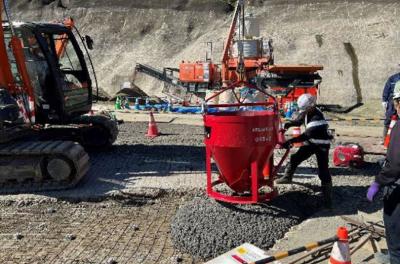
The News 20/09/2025
The construction industry is currently facing immense pressure to reduce carbon emissions, as concrete is not only one of the most widely used materials but also a major source of CO₂ due to its reliance on Portland cement. In response, Shimizu Corporation has conducted extensive research to develop sustainable material solutions aimed at achieving carbon neutrality. One of the most remarkable outcomes is carbon-negative concrete, which partially replaces cement and aggregates with biochar. This biochar is produced from sawdust through a carbonization process and has the unique ability to retain a significant amount of carbon that would otherwise be released into the atmosphere through natural decomposition or combustion. Thanks to this property, carbon-negative concrete not only maintains the necessary mechanical strength for construction but also directly contributes to reducing greenhouse gas emissions. This innovation is considered a promising step that opens new directions for the advancement of green construction in Japan and worldwide.
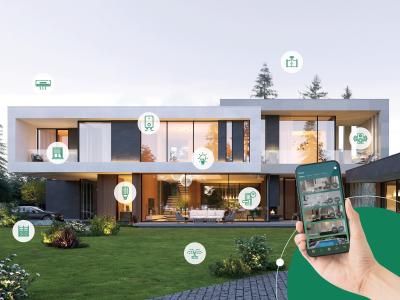
The News 13/09/2025
In the context of rapid urban development, the risk of fire in high-rise buildings, shopping malls, hospitals, and smart homes remains a serious threat. Traditional fire protection solutions are predominantly passive, focusing only on preventing flames from spreading and lacking sufficient early-warning capabilities. This limitation often results in delayed responses to fire incidents, leading to severe losses in both human life and property. Addressing this challenge, smart walls with integrated fire sensors have emerged as a breakthrough innovation, offering a proactive approach to building safety. Unlike conventional fire-resistant walls, these advanced walls not only provide thermal insulation and fire resistance but also integrate temperature, smoke, and pressure sensors combined with IoT technologies to continuously monitor environmental conditions. At the first signs of fire, the system can instantly detect anomalies, send alerts to a central control unit or mobile devices, and activate additional safety mechanisms such as water mist suppression or smoke extraction fans. By transforming passive barriers into “intelligent fire guardians,” this technology enhances building protection, increases the chances of timely evacuation, and minimizes potential damages. With its ability to turn ordinary walls into active safety components, smart fire-sensing walls represent a proactive solution that contributes significantly to the development of modern, sustainable, and resilient buildings.
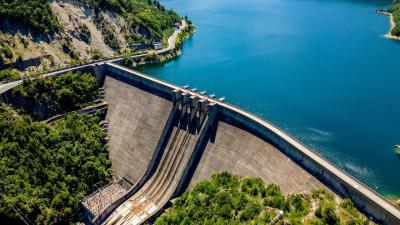
The News 27/08/2025
In mass concrete construction, the heat of hydration has always been a “hidden variable” that troubles many engineers and contractors. When cement reacts with water, an enormous amount of heat is generated and trapped inside the massive concrete body. Without proper control, excessive temperatures and the temperature gradient between the core and the surface can cause dangerous thermal cracks, threatening both the durability and safety of the structure. This challenge is not just theoretical—it has been marked in history with a classic lesson: the Hoover Dam (USA), one of the greatest concrete megastructures of the 20th century. Containing millions of cubic meters of concrete, the dam would have taken hundreds of years to cool naturally. Engineers had to devise unprecedented solutions: segmenting the mass, actively cooling it through a network of circulating cold-water pipes, and applying a combination of innovative measures to bring the concrete temperature down to safe levels.
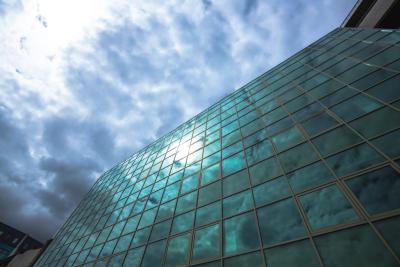
The News 22/08/2025
Have you ever wondered why modern buildings with large glass facades remain cool in the summer yet warm in the winter? The secret lies in Low-E (Low-Emissivity) glass technology. In contemporary construction, glass is no longer just a material for natural lighting but also an essential solution for enhancing a building’s energy efficiency. Low-E glass is coated with an ultra-thin, nearly invisible layer of metal oxide that works “intelligently” to control heat radiation. It allows natural daylight to enter while blocking most infrared and ultraviolet rays that cause heat buildup and potential health risks. Thanks to these properties, this advanced glass not only creates a more comfortable living environment but also significantly reduces heating and cooling costs, while contributing to sustainability and environmental friendliness in modern architecture.
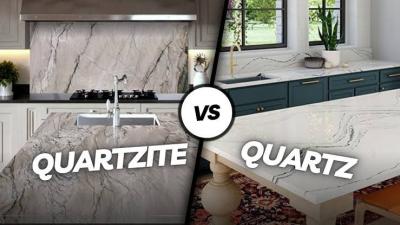
The News 15/08/2025
In the world of natural stone, quartz and quartzite are two names that are often confused—not only because their names sound similar, but also because their appearance shares many similarities. However, they are entirely different materials in terms of origin, structure, and performance characteristics. Quartz is typically an engineered stone, created by combining crushed quartz crystals with resin and additives, while quartzite is a natural stone formed through the metamorphism of quartz-rich sandstone. This difference not only impacts the value of the material but also determines its durability, heat resistance, and suitability for various applications. Understanding how to distinguish between quartz and quartzite will help you choose the right stone for your needs, avoid mistakes, and make the most of your investment.

The News 07/08/2025
In areas with high slip risk—such as bathrooms, swimming pools, public lobbies, or sloped surfaces—selecting tiles with adequate slip resistance is essential. To accurately assess this property, there are currently four widely used testing methods, each aligned with different international standards and suited to specific applications. This article will help you understand each method, how to interpret the results, and how to apply them effectively in real-world scenarios.